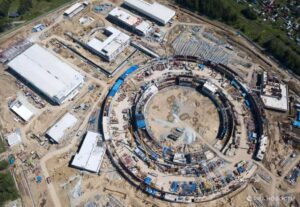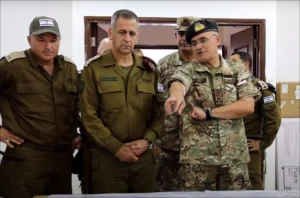The unique technology was developed by engineers of the Federal Research Center “Informatics and Management” of the Russian Academy of Sciences. The neural network created by them is able to virtually unfold scrolls and birch bark letters and issue the text written on them on a computer. According to the developers, this will help keep the relics safe and protect them from possible damage.
The uniqueness of the technology is that with the help of a tomograph, a neural network can separate sheets from each other and recognize the text written on them. The only problem so far remains the so-called “loosening of the layers”. “This is the problem of layers sticking together – layered objects: scrolls, letters, books. We have solved this task, and it is recognized by the world community. Another task that still needs to be solved, as far as we know, no one has completely solved it in the world yet, this is the problem of loosening the layers,” the head of the department said. Dmitry Nikolaev, Technical Director of Smart Engineers, Department of Visual Systems, FITZ IU RAS.
According to Elena Ukhanova, a senior researcher at the Department of Manuscripts and Old printed books of the Historical Museum, few manuscripts have survived to this day, most of them died at the hands of people or from fires. “A couple hundred manuscripts from the first three centuries have come down to us. Even those that have been preserved are in poor condition. We are trying to overcome this and read at least what has faded away, what has been washed away, what has been crossed out,” she clarified.
@m_kolokol




